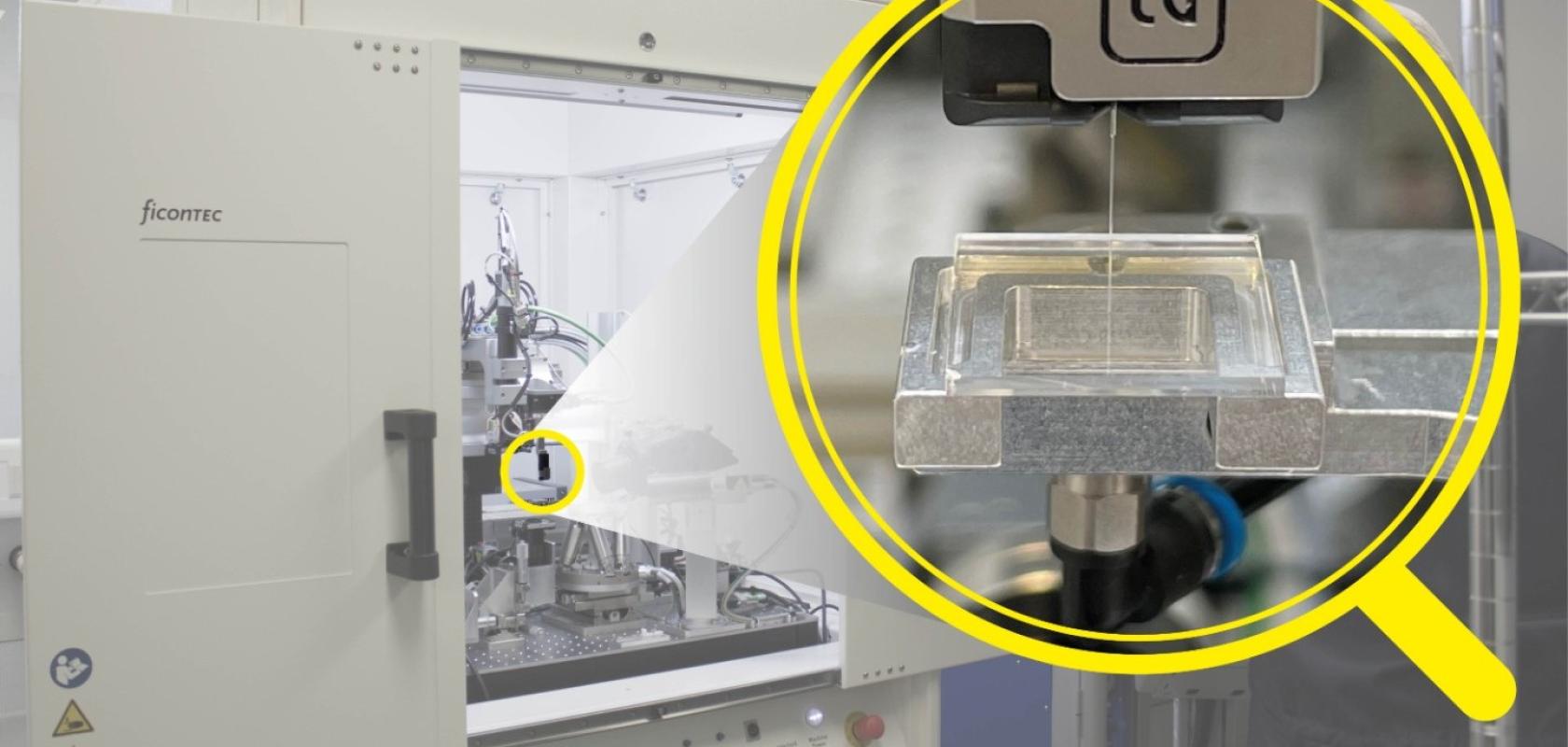Researchers have developed an adhesive-free, space-saving and robust CO2 laser welding process for fixing optical fibres to photonic integrated circuits (PICs) based on fused silica glass substrates.
The new process is designed as an alternative to adhesive-based fibre interconnection strategies for PICs, which can lead to optical degradation in the long term and thus to high optical transmission losses – fatal in critical life sciences and medical technology applications.
The work has been done within the ‘PICWeld’ Eurostars project, consisting of the Fraunhofer Institute for Reliability and Microintegration IZM, together with partners LioniX International BV, Phix Photonics Assembly and ficonTEC Service GmbH.
The process has since been integrated into an automated alignment system offering high reproducibility and scalability to prove its industrial maturity, making the glass-glass joining technique now extremely attractive for commercial use.
Enabling durable connections
Miniaturised PIC-based systems can be used to understand the role of visible light in biological processes. Such systems require highly stable fibre connections that are often achieved using an adhesive. However, the softness of the adhesive can cause the position of the component to change over time while also creating an interference point between the two layers of glass. This leads to signal attenuation as well as brittle connections as the adhesive ages. Long-term stability is therefore critical.
This is what led the collaborative research team to develop the new process for creating glass-glass transparent joints that are simpler, more robust and more durable. This was achieved using CO2-laser-based welding.
The new automated system enables an adhesive-free interface and highly efficient coupling of welded fibres on PICs which include integrated waveguides.
Before the new laser-welded connections were ready for application however, the researchers had to overcome a number of challenges. Since the glass fibres and the substrates have different volumes, the heat capacities of the two parts are also unequal. This discrepancy results in very different heating and cooling behaviour, which can lead, for example, to deformation and cracks during cooling. The solution was to therefore preheat the substrate evenly by means of a separate, individually adjustable laser, so that the melting phase of the fibre and the substrate is achieved simultaneously with the subsequent CO2 laser process.
The new automated alignment system is equipped with thermal process monitoring up to 1300°C, a positioning system accurate to 1µm, image recognition processes and control software.
Immediately after the completion of PICWeld, which ended in 2021, the first follow-up projects were launched, in which the new technology was used for the fibre coupling of collimators, waveguide chips and multi-lens arrays.
‘With our CO2 laser welding system, we have expanded the process behind the existing principle: The high automation potential in particular allows customers to use PICs with maximum coupling efficiency,’ explained Dr Alethea Vanessa Zamora Gómez of Fraunhofer IZM, who led the research team. ‘Industrial integration means a leap forward for the areas in which biophotonics can be applied, but also for quantum communication and high-performance photonics.’


